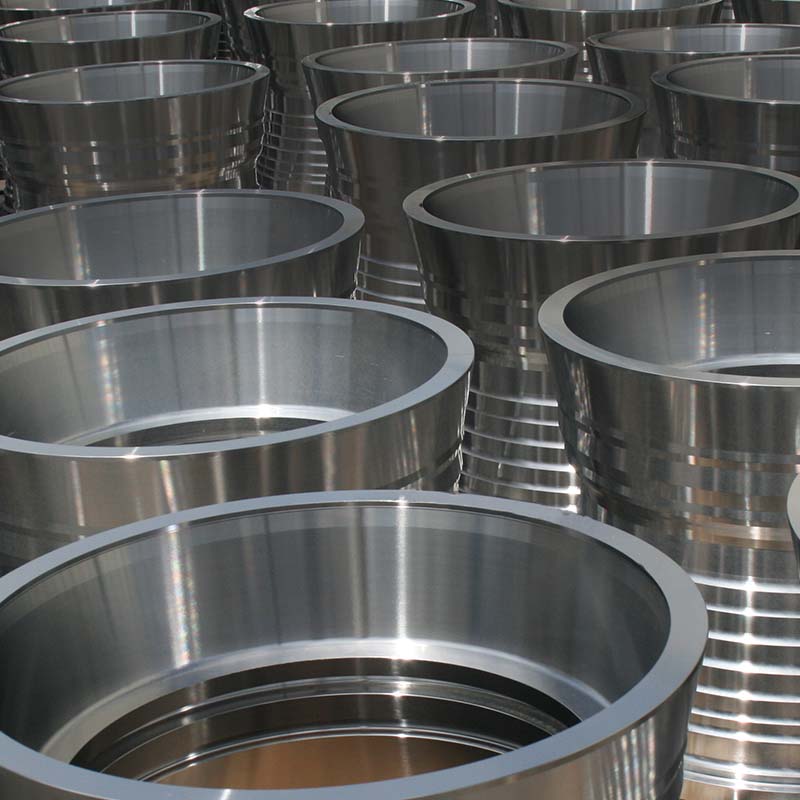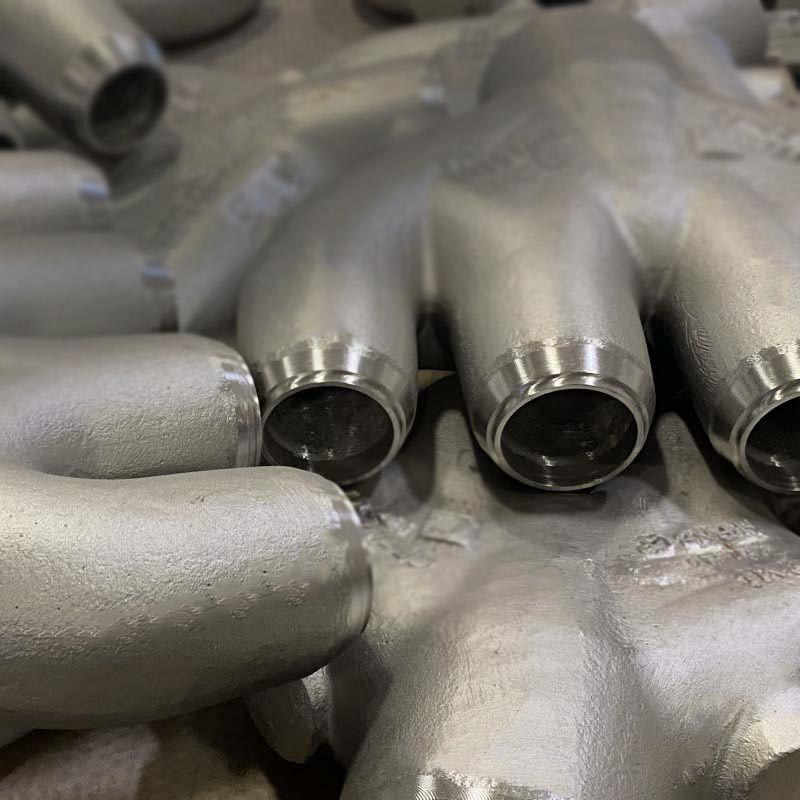Overview
The CF8 alloy, an austenitic stainless steel, is probably the most widely used alloy of all stainless steel grades. An iron-chromium-nickel alloy, it combines good strength and ductility with excellent corrosion resistance. It contains between 8-11% nickel and a maximum amount of .08% carbon. It has good machining and welding characteristics but should be re-annealed after welding or exposure to temperatures between 800° and 1600° F to restore full corrosion resistance. CF8 alloy is very similar to 304 stainless steel.
Typical Uses
A general purpose corrosion resistant alloy used for flanges, rolls, sleeves, marine fittings, bearings, heat exchangers, pulp & paper equipment, rings, tubes, pump and valve components, sanitary fittings, and chemical and food processing equipment.
MetalTek Grade
MTEK 304
Similar Specifications
Cast UNS: J92600
Wrought UNS: S30400
Wrought Grade: 304
Cast Grade: CF8
Cast ASTM: A351, A743, A744
Typical Chemical Composition (% by wt.)
Aluminum: n/a
Carbon: 0.08
Chromium: 18-21
Manganese: 1.5
Iron: n/a
Copper: n/a
Nickel: 8.0-11.0
Lead: n/a
Tin: n/a
Silicon: 2
Zinc: n/a
Minimum Mechanical Properties
Heat Treatment: Solution Anneal



